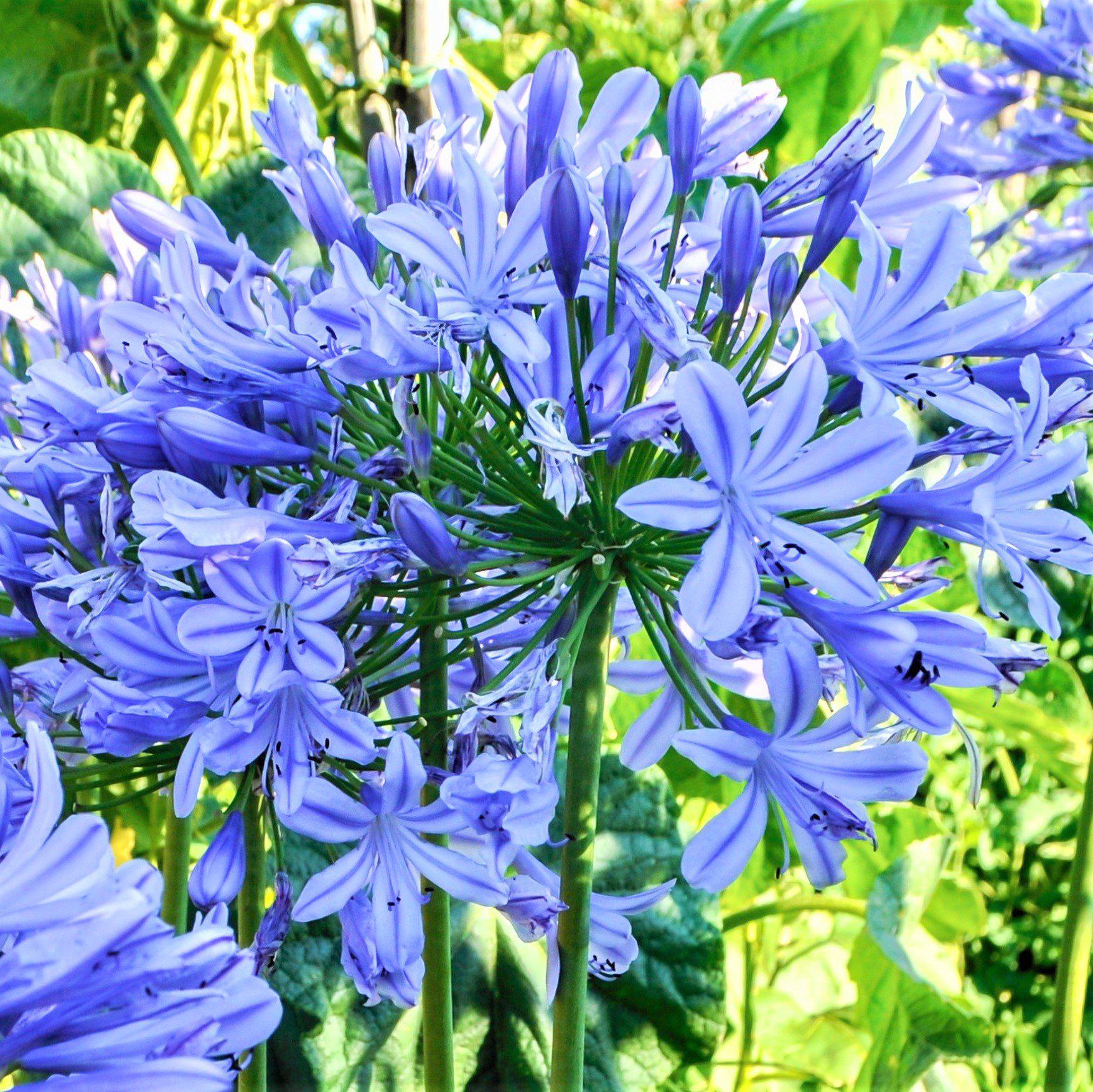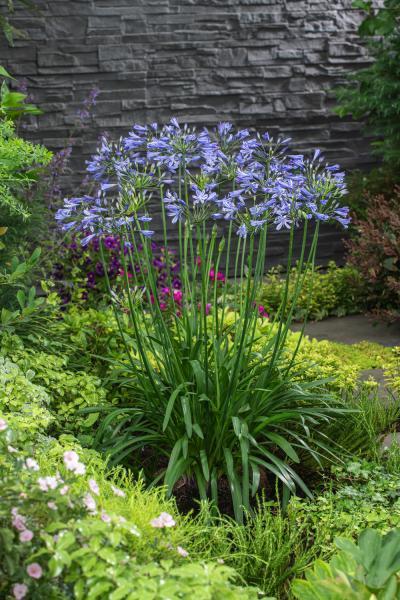Grasping the Art of Agapanthus Care: Necessary Steps for Healthy Development and Lively Flowers
In the realm of gardening, the cultivation of agapanthus stands as a fulfilling undertaking for those that seek to support these sophisticated flowering plants. With their striking blossoms and stylish foliage, agapanthus has recorded the interest of garden enthusiasts worldwide. However, attaining optimal growth and dynamic blossoms requires a nuanced method that includes different necessary actions. From selecting the best range to mastering trimming methods, the journey in the direction of growing prospering agapanthus plants is multifaceted and holds the essential to unlocking the full potential of these organic gems.

Picking the Right Agapanthus Range

When choosing the best Agapanthus variety for your garden, think about factors such as climate suitability, flower shade, and growth practice. In addition, consider the climate in your region to guarantee the Agapanthus selection you pick can grow in your certain problems. Comprehending the development behavior of different Agapanthus varieties is crucial for proper positioning within your yard.
Perfect Growing Conditions
Thinking about the optimal ecological requirements is necessary for successful Agapanthus farming. Agapanthus grows in well-draining soil with a slightly acidic to neutral pH degree. When planting, select a place that gets complete sunlight to partial shade. In hotter environments, providing some mid-day color can prevent scorching of the fallen leaves. Agapanthus plants are delicate to cold temperatures and should be protected from frost during cold weather.
To ensure healthy and balanced development and lively blossoms, plant Agapanthus light bulbs at a deepness of concerning 2-4 inches and space them 8-12 inches apart. Adding natural matter, such as compost, to the soil can enhance water drainage and fertility, advertising robust origin development. Mulching around the base of the plants assists retain moisture and suppresses weed growth. Normal watering is essential, specifically throughout the expanding season, to keep the soil consistently wet however not saturated.
Watering and Fertilizing Tips
Keeping correct wetness degrees and supplying necessary nutrients are key components in the treatment regimen for Agapanthus plants. When it comes to sprinkling Agapanthus, it is critical to strike a balance. These plants choose continually damp soil yet are prone to root rot if overwatered.
Feeding Agapanthus is crucial for promoting healthy and balanced development and prolific blooms. Use a well balanced plant food, such as a 10-10-10 formula, in the early spring as new development arises. By adhering to these watering and feeding ideas, you can ensure your Agapanthus plants grow and create lively, durable flowers.
Trimming Strategies for Agapanthus
Pruning Agapanthus plants at the appropriate times and with appropriate methods is crucial for preserving their wellness and advertising optimum growth and blooming. The excellent time to trim Agapanthus is in late wintertime or early spring before brand-new growth arises.
For flowered stems, wait till the flowers have perished and afterwards trim them back to the base. This not just cleans up the plant's appearance yet likewise motivates the growth of brand-new flower buds. Deadheading invested flowers can likewise redirect the plant's energy into generating even more flowers as opposed to setting seeds. Nonetheless, visit this site right here if you intend to gather seeds for propagation, leave some blossoms to completely dry and mature on the plant.
Bear in mind to make use of tidy, sharp tools to make specific cuts and reduce the danger of presenting illness. Agapanthus. Normal trimming will help maintain your Agapanthus looking cool and healthy and balanced while making sure a bountiful screen of lovely blooms
Handling Usual Parasites and Diseases
After ensuring correct pruning techniques for Agapanthus, it is important to deal with typical parasites and conditions that can impact the wellness and vigor of these plants. Agapanthus plants are normally durable yet can still succumb to specific concerns. One common pest that influences Agapanthus is the Agapanthus gall midge. This small, orange fly lays its eggs in the foliage, causing altered development and flower buds that fail to open. To battle this bug, trim and damage any kind of view it now affected plant parts and think about using insecticidal soap.
Additionally, Agapanthus plants can experience from root rot if they are grown in badly draining pipes soil. By being vigilant and taking timely activity versus parasites and conditions, you can aid your Agapanthus plants thrive and generate vibrant blossoms. Agapanthus.

Verdict
In conclusion, understanding the art of agapanthus treatment entails picking the right range, supplying ideal planting conditions, proper watering and fertilizing, proper pruning methods, and resolving usual bugs and illness. By adhering to these essential steps, you can guarantee healthy and balanced development and vivid blooms for your agapanthus plants. Keep in mind to regularly monitor and preserve your plants to advertise their general well-being and durability.
To make certain healthy and balanced development and dynamic blooms, plant Agapanthus bulbs at a deepness of about 2-4 inches and room them 8-12 inches apart. By following these watering and feeding pointers, you can guarantee your Agapanthus plants prosper and generate vivid, durable blooms.
One usual insect that impacts Agapanthus is the Agapanthus gall midge. Additionally, click for source Agapanthus plants can suffer from origin rot if they are grown in badly draining soil. By following these essential steps, you can guarantee healthy development and lively blossoms for your agapanthus plants.